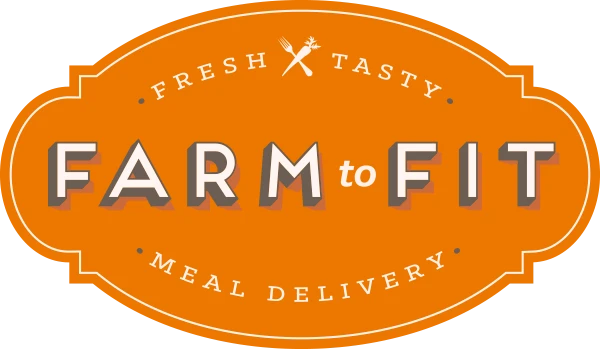Earth Day: Reducing Food Waste
Posted on
Each year, 108 billion pounds of food is wasted in the United States alone — that’s nearly 40% of all food in America, wasted. Those are high numbers and shocking statistics.
You might think, “Well, doesn’t the food just disintegrate back into the soil to help grow more food?” The answer to that… no! When we throw away food, we are wasting more than just the items in the trash. We also waste all the energy and water it takes to grow, harvest, transport, and package the food. And if food goes into a landfill and rots, it produces methane greenhouse gas which is even more potent than carbon dioxide.
Sorry, didn’t mean to scare you there! But sometimes, the truth hurts.
Luckily, we are here to help you eliminate your food waste! And we are doing the same here at the Farm to Fit Kitchen. Our goal is to reduce our food waste by 50% through different systems and techniques implemented in the kitchen. We are not innocent here (at all) and want to be transparent with you about the things we are doing to do better and eliminate our food waste moving forward.

Our Main Issues & What We Are Doing:
The Main Culprit: Making too much of each dish component and having too many leftovers.
What we’re doing: One of the main focuses is fine-tuning the recipes so that we don't make too much of one thing.
Sidekick Issue: Raw products going bad on the shelves and having to dispose of or compost the product.
What we’re doing: Moving forward we are improving our inventory methods so that the amount we buy is more accurate to the amount we use. If we have leftover products, we will find different ways to utilize them so that they don’t just sit on the shelves. Currently, we donate all of our extra food to non-profit organizations in the area — you can read more about this on our website!
5 Ways to Reduce Food Waste at Home:
- Shop Smart: Don’t buy more than you need and always go to the store with a list to keep you from making unnecessary purchases.
- Store Food Properly: Incorrect food storage leads to a massive amount of food waste. Learn what foods should be kept refrigerated and which should stay at room temperature, but also separate foods that produce more ethylene gas (promotes ripening) from those that don’t.
-
Learn to Preserve: Pickling, drying, canning, fermenting, freezing, and curing are all methods you can use to make food last longer, thus reducing waste.
- Don’t be a Perfectionist: Slightly imperfect produce tastes the same and is just as nutritious as those picture-perfect products. Do your part by choosing slightly imperfect produce at the grocery store, or better yet, directly from the farmer.
- Blend It Up: Items that would otherwise be discarded can be thrown into a nutritious blended smoothie, including fruit and vegetable peels, wilted herbs, overripe bananas, and chopped broccoli stalks. This allows you to reap the benefits of those products in a delicious, healthy way!
